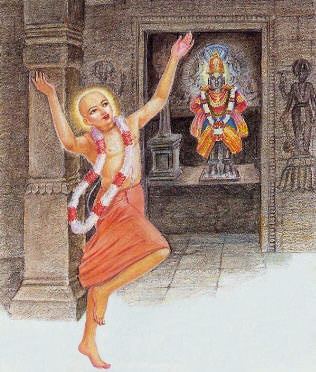
Chaitanya Mahaprabhus Visit to Pandharpur
ISKCON Temple at Nashik
Phone: +91 7276588545
Website: www.iskconnasik.com

ISKCON Nashik Temple
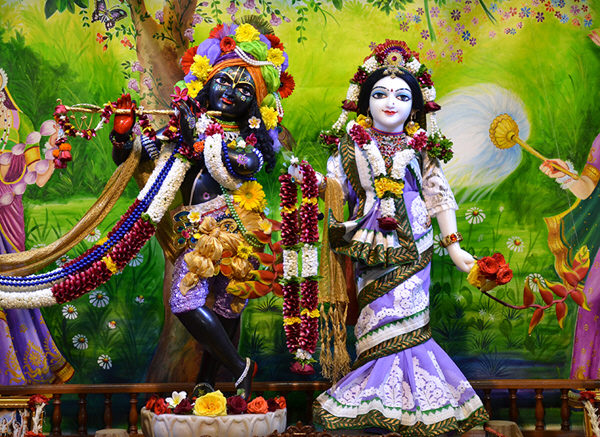
Sri Sri Radha Madan Gopalji
ISKCON Dwarka
ISKCON opened a temple in Dvaraka in 1996. The ten-room building sits in a market area that’s a three-minute walk from the Dvarakadhisa temple. The Deities of Sri Sri Radha-Syamasundara are in one room; guests, staff, and supplies fill the rest. Disciple of His Holiness Mahavisnu Goswami oversee the project.

Lord Chaitanya Visits Nashik
Lord Chaitanya footprints at Balaji temple, at Ram Kund, Nashik
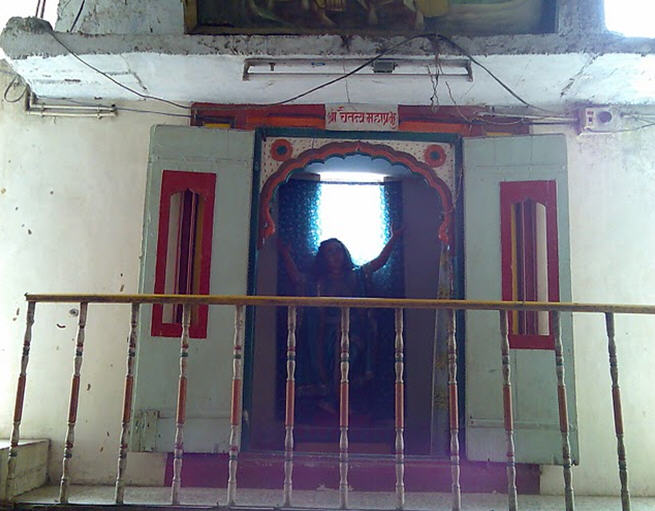
Caitanya Mahaprabhu at Nashik
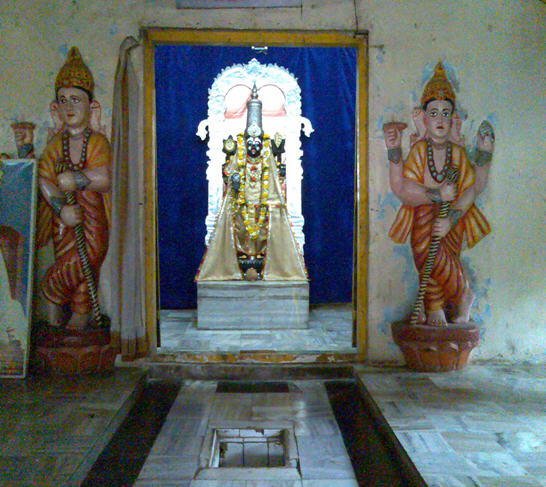
Lord Chaitanya Footprints at Balaji Temple at Nashik
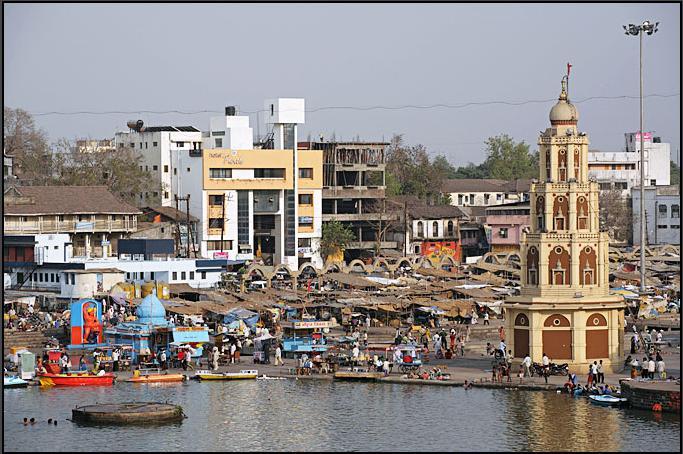
Ram Ghat
Lord Chaitanya visits Pancavati, Sri Caitanya Caritamrta
As we near the end of our series on the places Lord Caitanya Mahaprabhu visited during His South India preaching tour, the yatra turns northward. Working His way back towards Jagannatha Puri from the southern states, Sri Caitanya visited Pancavati-tirtha in Maharashtra. Pancavati is mentioned in the Summary of Caitanya-caritamrta Madhya Lila 9:
Madhya 9 Summary
“The Lord then visited Tapi, Mahismati-pura, the Narmada River and Rsyamuka-parvata. He entered Dandakaranya and liberated seven palm trees. From there He visited a place known as Pampa-sarovara and visited Pancavati, Nasika, Brahmagiri and also the source of the Godavari River, Kusavarta. Thus the Lord visited almost all the holy places in South India.”
This part of Lord Caitanya’s journey is further described in Madhya Lila 9.316:
Madhya 9.316
prabhu asi’ kaila pampa-sarovare snana
pancavati asi, tahan karila visrama
“Eventually Sri Caitanya Mahaprabhu arrived at a lake known as Pampa, where He took His bath. He then went to a place called Pancavati, where He rested.
Purport
According to some, the old name of the Tungabhadra River was Pamba. According to others, Vijaya-nagara, the capital of the state, was known as Pampatirtha. According to still others, the lake near Anagundi, in the direction of Hyderabad, is Pampa-sarovara. The river Tungabhadra also flows through there. There are many different opinions about the lake called Pampa-sarovara.”
Not only do we find little information about Pancavati in this verse from Madhya Lila, Srila Prabhupada provides no specific details in his purport. In an earlier segment on Pampa-sarovar, we discussed Srila Prabhupada’s comments on the varying opinions as to Pampa’s location, concluding that the most likely spot was the Pampa-sarovar at Hampi, Karnataka.
A week prior to the Pampa-sarovar segment, we visited Dandakaranya Forest, and as we noted in that article, there seems to be no question as to the location of Dandak, near Nasik, Maharashtra:
“The residents of Dandakaranya who witnessed the miraculous pastime of Caitanya Mahaprabhu’s liberation of the seven palm trees exclaimed that this personality must be Lord Rama, who was famous in the area since ancient times. Sri Rama appeared in Treta-yuga, more than two million years ago, and while on exile, lived in the Dandakaranya forest for several years along with Sita Devi and Laksman. Although Lord Caitanya traveled here relatively recently, still the local residents recognized Him as Lord Rama when He liberated the seven palm trees at Saptatala.
Lord Chaitanya visits Dandakaranya Forest
In the summary of Sri Caitanya-caritamrta Madhya lila 9, we read about Lord Caitanya’s travels to the famous tirtha of Dandakaranya:
“The Lord then visited Tapti, Mahismati-pura, Narmada-tira and Rsyamuka-parvata. He entered Dandakaranya and liberated the seven palm trees. From there He visited a place known as Pampa-sarovara and visited Pancavati, Nasika, Brahmagiri and also the source of the Godavari River, Kusavarta. Thus the Lord visited almost all the holy places in South India.”
In Madhya lila 9.3.11-16, we read about the Lord’s visit to Dandakaranya, and the details of His glorious pastimes there:
Caitanya-caritamrta Madhya lila 9:
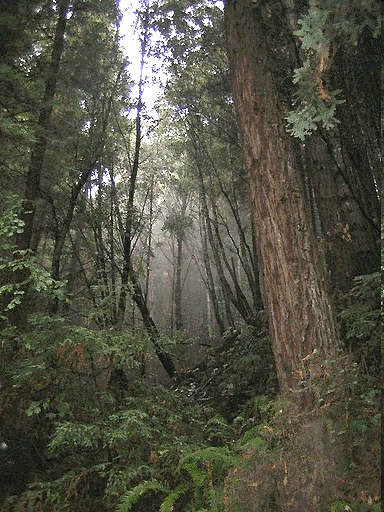
Text 311
dhanus-tirtha dekhi’ karila nirvindhyate snane
rsyamuka-giri aila dandakaranye
TRANSLATION
The Lord next arrived at Dhanus-tirtha, where He took His bath in the river Nirvindhya. He then arrived at Rsyamuka Mountain and then went to the forest called Dandakaranya.
PURPORT
According to some opinions, Rsyamuka is a chain of mountains beginning at the village of Hampi-grama in the district of Bellary. The mountain chain begins along the bank of the river Tungabhadra, which gradually reaches the state of Hyderabad. According to other opinions, this hill is situated in Madhya Pradesh and bears the present name of Rampa. Dandakaranya is a spacious tract of land which begins north of Khandesa and extends south to Ahmadnagar, west to Nasika, and east to Aurangabad. The Godavari River flows through this tract of land, and there is a great forest there where Lord Ramacandra lived.